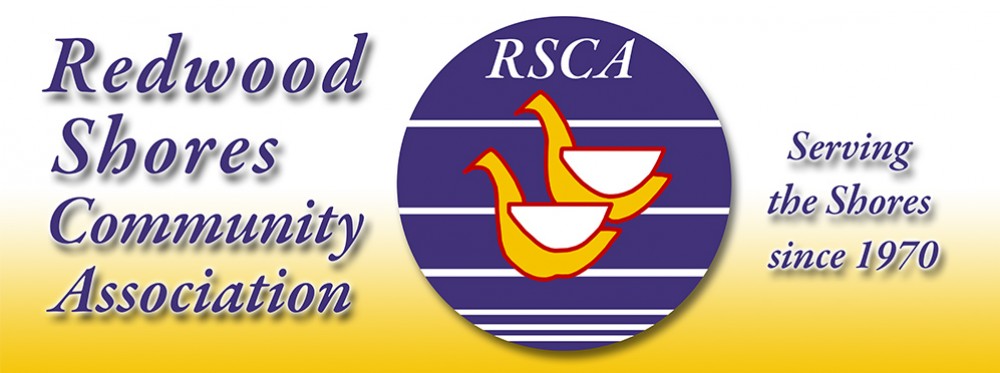When I was growing up, one of the breakfast rituals that my brothers and I performed virtually every morning was reading the back of the cereal boxes while we slurped and crunched our way through Rice Krispies, Quaker Oats, and our enduring favorite Wheaties. We were convinced, of course, that our daily bowlful of the Breakfast of Champions would develop us into major league baseball talent like Stan Musial, Joe DiMaggio or other athletes whose images were emblazoned on the front of Wheaties.
“But what have cereal boxes to do with wine,” you ask? Well, it seems the same old habit is reappearing—at least an adult variation of it. But it’s not the back of cereal boxes I’m perusing these days; it’s the back label of wine bottles. I still browse the front labels, for I’m always fascinated by the photos, drawings and artwork that are designed to trigger a “feel good” buying impulse. However, today’s pontification is about the typically unexplored and underappreciated back label, which often contains voluntary but nonetheless vital information about a winery and its wines.
Some back labels inform us that the winery is family owned and operated. That’s important to me since I’m an entrepreneurial type, and I always like to support the risk takers. Others refer to the wine being estate grown (from their own property) and bottled. That’s important to me since I can rely on a continuity of type and style. Still others are telling us about their sustainable and/or organic winegrowing programs that hint at our environmental benefits.
Other labels specify winemaking methods and their effect on the wine’s style. A well known Sauvignon Blanc indicates that it “Combines both cold tank and barrel fermentation to create a wine that delivers intense fruit with a hint of oak.” That describes it perfectly, and you now know about two fermentations and how they affect flavor and taste. For those into winespeak tasting descriptors, many labels state evocative fruit, flower and other metaphors, which allow you to compare your palate to the winemaker’s.
If you find yourself really savoring an imported wine, be sure to scan for the importer or distributor’s name on the back label. They generally have a regional area of expertise and/or a portfolio of wine producers that they represent. An Internet search of their web site will detail other wines and producers you may wish to explore. For domestic winegrowers, their Internet site is typically on the back label, and virtually anything about them can be found there. One of the bonuses of visiting their web site is discovering details about specific wines
In closing, I have always considered a wine’s back label to be a producer’s silent salesperson, a quick search for further details, and the last information stopping point before taking the bottle to the check out stand. If you already know and understand what is on the front label, browsing the back label can only increase your chances of making an informed purchase.
– Tom Barras
